40 creeps up on you fast; just ask the iconic influencer turning the big 4-0 this year but still looking as good as ever, 1982’s “Creepshow”.
Can a movie be any more perfect than Stephen King and George A. Romero’s 1982 Creepshow?
What Creepshow has demonstrated for many decades is all the love and technical care it was made with. Take in the state-of-the-art special effects and the way it tells a simple story while finding single moments of impact and giving the audience incredible twists.
Celebrating its 40th Anniversary this year (debuting at Cannes on May 16, 1982, and receiving a wide release in the U.S. on November 10, 1982), Creepshow continues to impact both macabre-loving horror fans and even audiences who don’t typically gravitate towards genre films.
“Collaborate, don’t dictate” was Romero’s advice on filmmaking, and that is exactly the beauty of what Creepshow shows us forty years later.
Let’s break down the elements of one of the most beloved and acclaimed anthology films of all time to find out what makes it such an enduring horror classic.
Prologue
The prologue introduces us to a quiet suburban home one evening during the Halloween season. Stan (Tom Atkins) is scolding his son Billy (King’s son, Joe Hill) for reading a horror comic and promises to throw it out, despite protests from Billy’s supportive Mother (Iva Jean Saraceni).
As a child’s beloved connection to the fantasy and intrigue of that illustrated world crumbles in a moment, Billy is all too happy to be greeted at the window by his decomposing skeleton hero, The Creep.
Billy and the Creep represent King and Romero’s post-World War II childhoods in which EC Comics encountered much backlash from Congress and Psychologists for its violent imagery and impressions on children during the 1940s to 1950s.
The Music and Intro of Creepshow
From the Creep’s comic book transition, the music slowly builds up the anticipation with simple key by key piano notes — eerie and mesmerizing.
Composer and First Assistant Director John Harrison made a significant contribution to the history of horror soundtracks. Creepshow would be a model for setting the tone in horror movies, along with John Carpenter’s Halloween and Goblin’s Suspiria.
While the music moves with the animation and illustrated comic book title sequences, the intro is inviting as it stands outs in vivid and texturized colors from animator Rick Catizone.
Segment One: Father’s Day
Transitioning from a comic book panel, the aristocratic Grantham family appears to be sipping tea inside the boredom of their family mansion. While they await the arrival of Great Aunt Bedelia (Viveca Lindfors), Sylvia (Carrie Nye), Cass (Elizabeth Regan), and Richard (Jon Lormer) decide to fill Cass’s new husband Hank (Ed Harris) in on the sordid backstory of Bedelia and her possessive father Nathan.
Seven years earlier, Bedelia’s love interest was killed in a “hunting accident” at the hands of Nathan. Bedelia, fresh from smoking a stogie and dressed all in black — with one knee-high stocking pulled up and the other down around her ankles — returns to her father’s grave first, remorseful and conflicted.
Flashbacks reveal Bedelia pushed beyond her limits in the kitchen for Father’s Day. Nathan is relentless in his demands to be cared for — and for cake! She takes the notorious marble ashtray (a prop used in each tale) and kills him with it.
In the present, Bedelia is now greeted by Nathan’s (John Amplas) rotting corpse. Hank, taking in all the luxuries of what he has married into, wanders off outside to find Bedelia. Instead, he encounters Nathan’s wrath.
Back at the disco quarters of the privileged, Nathan enters the kitchen with Aunt Sylvia’s head on a platter, informing Cass and Nathan, “I got my cake!”
This was one Father’s Day Hallmark couldn’t make a card for.
The Style of Creepshow
Father’s Day sets the tone and expectations for what is to come from all the tales. The cartoon-like borders give all the flashback scenes more depth and a visceral punch. The shooting style of Dutch angle shots is quite reminiscent of the original Batman Show.
Double and multiple framing envelops a comic book style of turning the page. The backdrops are lit with vibrant blues and reds against black shape patterns — ingenious techniques for reactionary close-ups shots throughout Creepshow.
Segment Two: The Lonesome Death of Jordy Verrill
Based on the short story Weeds by King, the next tale explores the fate of childish Jordy Verrill (Stephen King) who witnesses a fallen meteor land on his property. Jordy envisions being offered two hundred dollars for the hot and glowing meteor, which means he will be able to pay his rent. Pouring water over it to cool it off, the meteor breaks in half, forcing Jordy to touch what he calls “Meteor shit!”
Proclaiming himself a “lunkhead” for his own carelessness, his tragic fate is sealed. Jordy’s property, house, and body soon turn into luscious green pastures of weeds and moss. As panic sets in, he has a vision of a sinister Doctor (Bingo O’Malley) informing him his fingers will need to be cut off, scaring him out of seeking medical attention.
In this daydream sequence, some of the film’s finest Dutch angle shots of the doctor and medical skeleton moving right and left are effectively captured by Cinematographer, Michael Gornick.
Encountering the reflection of his deceased father (also O’Malley) in the mirror, he’s warned by Ghost Dad not to take a bath. But Jordy, desperate to find relief from the all-consuming itching, gives in to the water and his mortality. The fungus spreads even more rapidly and envelops Jordy, transforming him into a great green Wookie. Sadly, Jordy commits suicide to end his suffering.
King gives a superb slapstick comedic edge to his dramatization of Jordy, much like the pacing of a Bugs Bunny cartoon. It’s a memorable segment that reminds us all to be careful messing with something we don’t understand.
Segment Three: Something to Tide You Over
Aware of his wife, Becky’s (Gaylen Ross) affair with a man named Harry (Ted Danson), Richard (Leslie Nielsen), a powerful TV executive, shows up at Harry’s house to confront him. He brings with him an audio recording of Becky pleading for her life.
Harry travels with Richard to the beach in a desperate attempt to save Becky. Richard has insinuated that he has buried her in a huge sand hole by the shore. But when Harry reaches the hole, he discovers it’s empty — and deep. Richard then forces Harry at gunpoint to bury himself within the monstrosity.
Once buried up to his chin, with only his head sticking out of the tightly packed sand, the diabolical Richard shows Harry Becky’s fate on a television, utilizing a camera, VCR, and a very long power cord pulled from the back of his jeep.
Harry soon realizes his fate is just as doomed as Becky’s, as he’s forced to watch her last moments on TV while Richard gleefully tapes the rising tides of torture. Knowing the end is near, Harry looks directly at the camera and vows vengeance just before the iconic “fish tank” death scene.
Content with his cruel revenge, which he watches play out on his television at home, Richard takes a shower. What he doesn’t know, however, is that Becky and Harry, have risen from their watery graves and are now making their way back to Richard’s home. Zombified, shriveled, and drenched with kelp and seaweed, they ensure Richard faces the same dastardly destiny he orchestrated back at the beach.
Visually, Tide exhibits more wonderful Dutch angle shots in the reveal of this tale as well. Nielsen is a blast in this one, soaking up the screen while playing the callous asshole husband.
Reminder, don’t get too fixated on revenge, because karma is a bitch at sea!
Segment Four: The Crate
Based on another short by King, The Crate tells the tale of Professor Henry Northrup (Hal Holbrook) and his wretched wife Wilma (Adrienne Barbeau).
When a crate from 1834 is discovered underneath the stairwells of Amberson Hall, Professor Dexter Stanley (Fritz Weaver) is summoned from an outdoor cocktail party while his colleague Henry tolerates his verbally abusive wife at the expense of others. Henry’s coping skills are comprised entirely of his therapeutic fantasies, in which he imagines killing Wilma.
Mike the Janitor (Don Keefer) and Dexter unnail the dusty crate, and Mike is met with two beastly yellow eyes and hands which devour him into the crate. Hysterical, Dexter runs into his apprehensive student, Charlie (Robert Harper), showing him the trails of blood. Charlie explores the situation only to become Fluffy’s (Darryl Ferrucci) next victim.
The beast, standing tall and gorilla-like with long fangs, is absolutely one of Tom Savini’s finest creature creations.
Dexter runs to Henry’s house for help. Sedating Dexter and leaving a note for Wilma to come to the lab, Henry rushes to clean up the carnage and prepare for her arrival. Henry entices Wilma next to the crate as she bickers on about his inadequacies. Eventually, with much effort, Fluffy emerges to fulfill Henry’s dreams.
The Crate is a dark and comedic masterpiece thanks to Barbeau and Holbrook.
Segment Five: They’re Creeping Up On You!
This final tale stars E.G. Marshall as Upson Pratt, in a perfect performance as the racist and wealthy “Archie Bunker” of his own OCD sterile tower.
Upson, all uppity in his mysophobia state with his crazed hair, discovers a cockroach in his apartment. Every room of his place looks like it’s part 2001 Space Odyssey, part surgical operating room. But somehow, into this sterile perfection, comes a mass infestation of roaches.
One by one they emerge, from his computers, keyboards, and kitchen. Pratt tries to exterminate them by spraying and stomping around, yet nothing can stop the madness. The irony is that Pratt sees humans as cock roaches themselves, as shown in his vulgar and unsympathetic encounters with others.
More insect cringe ensues, and this is perhaps the most uncomfortable tale in the anthology. It makes me squirm and cover my eyes!
Savini and his team did a magnificent job in structuring the dummy for Marshall. Hats off to them for implementing the highly original death by cockroach infestation, delivering one of the most innovative effects in horror history.
For the vile Upson Pratt, the question in this creepy crawly morality tale becomes, “Who is the real pest now?”
Epilogue
When two garbage men (Tom Savini and Marty Schiff) collect the morning trash, they discover the Creepshow comic laying outside the garbage can. Opened to the voodoo doll ad page with the absent order coupon, the scene cuts to Stan at the breakfast table.
Stan begins to grasp his neck and throat in agony as Billy is upstairs poking needles into his new voodoo doll with great delight.
With that, The Creep bids us farewell in his signature laughable manner.
The Legacy of Creepshow

Creepshow 2 would follow five years later, and in 1990, the Pittsburgh Romero alumni would divide into two theatrical horror anthology productions with Tales From the Darkside and Two Evil Eyes, proving that the art of anthologies never dies.
Three decades later, Greg Nicotero would introduce new audiences to the legacy of the Creep with Shudder’s continuing Creepshow TV Series.
With the momentous affection for the film, the graphic comic book (illustrated by Bernie Wrightson with cover art by Jack Kamen) went back on press for a reprint. Waxwork Records distributed a vinyl soundtrack, and Shout Factory released a gorgeous 4k restoration on Blu-Ray. NECA also just announced a 40th Anniversary edition action figure of The Creep.
Creepshow will always be timeless. King and Romero helped create the blueprint for horror anthologies, and Savini taught us the art of no limitations.
In my opinion, Creepshow is perfect. But if you have any criticisms, I am more than happy to meet you under the stairs next to the crate to discuss!


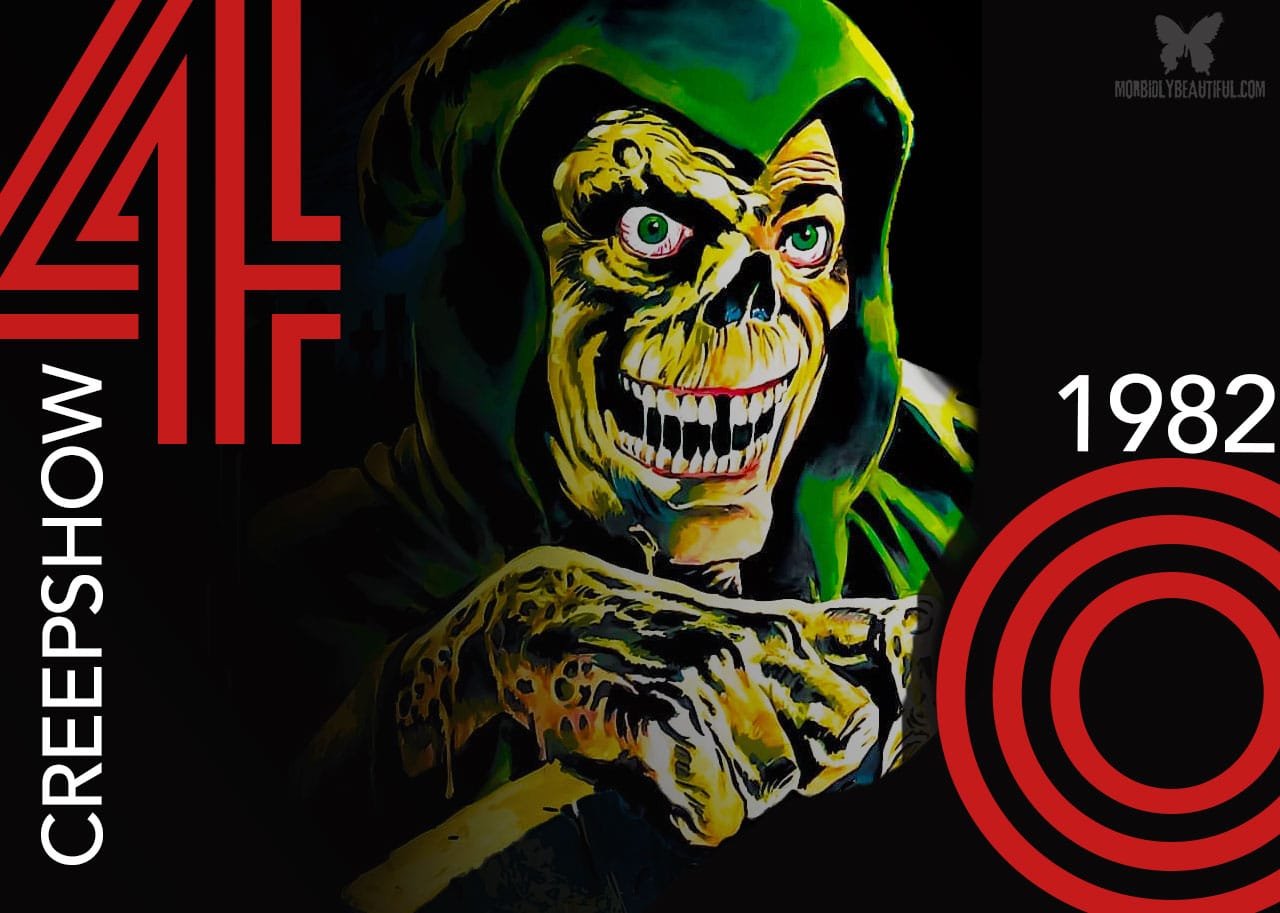








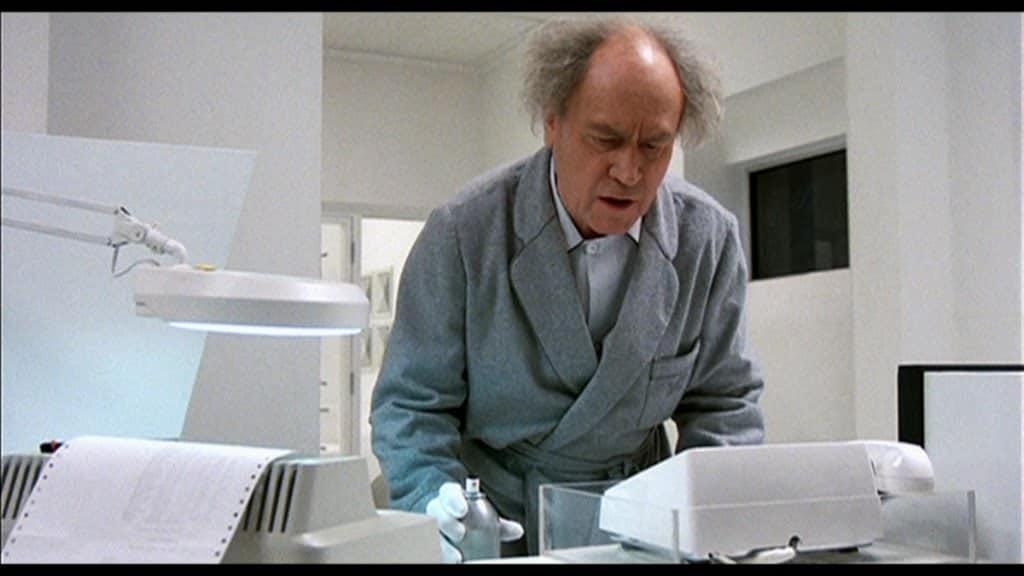
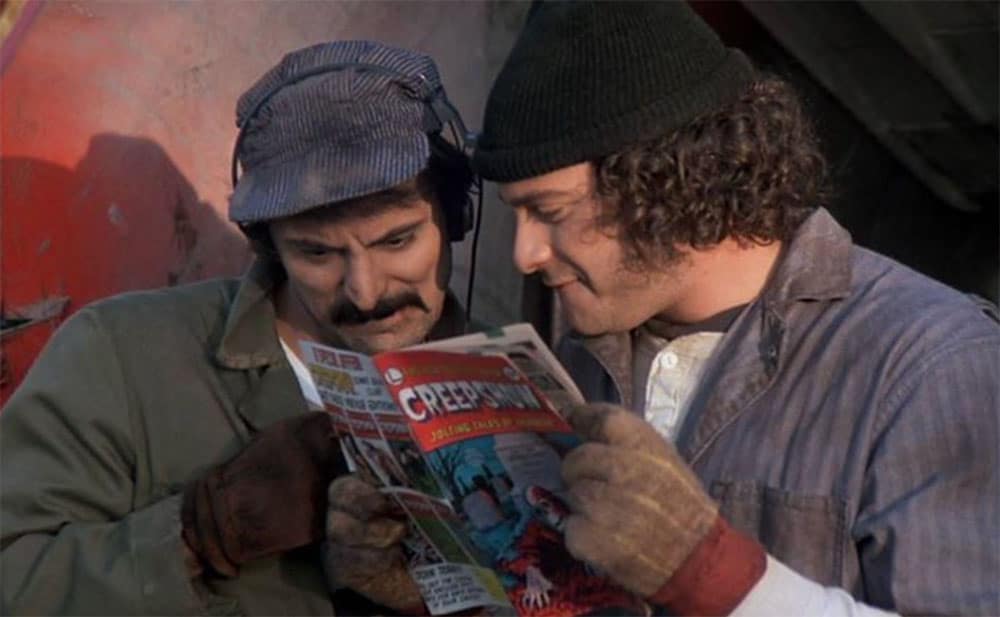

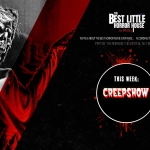
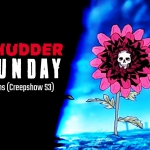
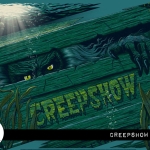







Follow Us!